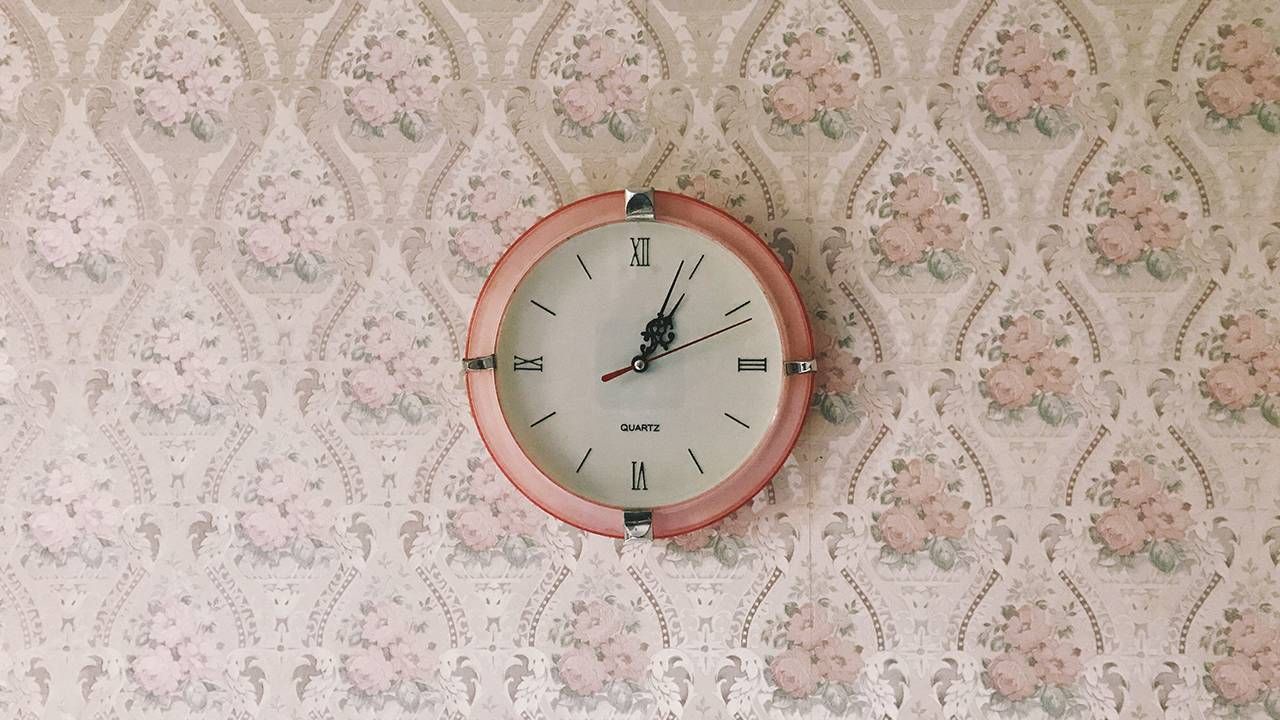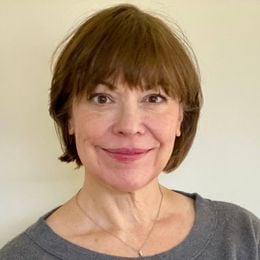What to Know About Your Body Clock Before You 'Spring Forward'
Daylight saving time, age and other factors mean you may want to take these steps
Jeff Berger dreads the coming clock change. That's when, at 2 a.m., we set clocks and timepieces ahead an hour to begin Daylight Saving Time (DST). "Right around the time we're finally getting morning sun again, here comes daylight savings and flips it back to no sun till 8 o'clock," he says.

A 61-year-old retired educator in Des Moines, Iowa, Berger says it takes a week or two after the time shift before he feels "right" again — "and the spring is much worse than the fall."
Already, Berger rises earlier and turns in earlier than the all-nighter days of his 20s. "I'm usually tired around 10 p.m. and get up at 6. But even if I go to bed past midnight, I'm up at 6," he says. The extra hour of morning darkness brought by "springing forward" dims his mood and energy, he says.
Can you relate?
The #LockTheClock Push
Many people want to end time-tinkering. The practice began a century ago to conserve energy, though there's no consensus this happens. Meanwhile disruptions, inconvenience and physical risks abound.
"It seems like one hour isn't much, but recent compelling studies tell otherwise."
"It seems like one hour isn't much, but recent compelling studies tell otherwise," says neurobiologist Joseph Takahashi, chair of the department of neuroscience at UT-Southwestern, whose lab at the Howard Hughes Medical Institute helped discover the Clock gene and its role in the generation of circadian rhythms.
Fatal accidents and heart attacks go up in the days after the spring clock shift. More broadly, a mismatch between the natural light and dark cycles and how we live our lives has been linked to obesity, seasonal affective disorder, mood disorders and more. People who live on the western borders of time zones, who have more circadian rhythm disruption year-round than those nearly an hour east, have higher incidences of cancer.
In the last four years, 15 states have passed legislation opting for one year-round time. Congress would have to change federal law before states would be allowed to make the change, though. The proposed Sunshine Protection Act of 2019 would keep us on permanent DST. The bill was reintroduced this week.
Health experts say adopting a permanent standard time would be better for people's health.
(Arizona, Hawaii, the Navajo Nation and some U.S. territories don't observe DST.)
Your (Changing) Internal Body Clock
A master clock in the brain synchronizes the human body to a roughly 24-hour clock. These circadian rhythms –circa for "about" and dian for "a day"— are the internal processes that govern, well, pretty much everything, from hormones to behavior, immunity and metabolism.
"Virtually every cell in your body has a clock," Takahashi says. Circadian rhythms mean there's an optimal time to sleep, eat, exercise — even to get a flu vaccine (morning seems to boost the immune response).
Many things can throw our individual clocks out of sync, including age.
Young children are early risers. Teens can't help staying up late and sleeping late, as anyone who's lived with (or been) an adolescent knows, says Till Roenneberg, professor of chronobiology at Ludwig-Maximilian University in Munich, Germany.
After around age 20, our clocks gradually run earlier and earlier. That is, we're sharper earlier in the day and fatigue earlier. By your 50s and 60s, you probably notice. (Germans call it "senile bed flight," notes Roenneberg, who also runs the research firm Chronsulting.)
For many people, this result leads to more naps and disrupted sleep patterns. But it isn't inevitable, and it's a myth that we need much less sleep as we get older. It's the timing that shifts.
"It's like a splinter in your foot — if you don't clean the wound, you lose the toe. Daylight savings is like a splinter. You want to have a plan of action."
It's true that some people are born "night owls" while other are early rising "larks." Their age shifts still hold those patterns. In preindustrial times, however, the difference between these genetic chronotypes was only a few hours, Roenneberg says. Now it can be as much as 12 hours, thanks to environmental factors that prevent all of us from experiencing full daylight and darkness — like artificial light, work or school schedules, jet travel and the persistent alluring glow of our many screens.
A chronic mismatch between our body clocks and the way we're living — due to genetics, aging and those environmental factors — is known as social jetlag (a term Roenneberg coined). Shift workers suffer an extreme example of this.
Then there's that twice-a-year clock change. Shifting to spring DST is like asking people to live one time zone farther east, Roenneberg explains. "It's like telling all of Chicago that you have to go work in Boston," he says.
Some people feel "off" until November, when DST ends, Takahashi notes.
How to Transition Better
Patients often blame sleep problems on the time change, when the real culprit is bad habits begun while adapting to it, says neurologist W. Chris Winter, a sleep specialist in Charlottesville, Va., and author of "The Sleep Solution." Notes Winter: "It's like a splinter in your foot — if you don't clean the wound, you lose the toe. Daylight savings is like a splinter. You want to have a plan of action."
His advice:
- Brace yourself to feel, briefly, a bit off kilter. You may, like Winter (who’s 48) sail right through the DST shift with little disruption. Retirees often adjust quickly because they don’t have to follow a set schedule, he says. Night owls do better, too. But there’s also a chance your sleep may feel a bit wonky for a few days. “That’s OK,” he says.
- Tweak your bedtime if you’re concerned.Try going to bed 15 minutes earlier than usual for a few nights. Get up at your usual time.
- Exercise! You won’t stay groggy, Winter says.
- Say no to sleeping pills. Winter calls them “a fear-based response” and “a medical ‘cure’ that just creates a new problem.”
- Avoid long catch-up naps. Better to power through and then be sleepy come bedtime.
- Head outside after sunup and in the afternoon. Light and darkness are the main signals that sync the body clock, Roenneberg says. A well-lit room gives the body about 400 lux (a measure of illumination) “if you’re lucky,” he says. Outdoor sunshine provides some 150,000 lux. That’s why when you’re feeling sleepy — say, because of the DST clock shift or the natural afternoon energy dip — heading outside does far more for your mood and energy than caffeine or a catnap.

Read More

